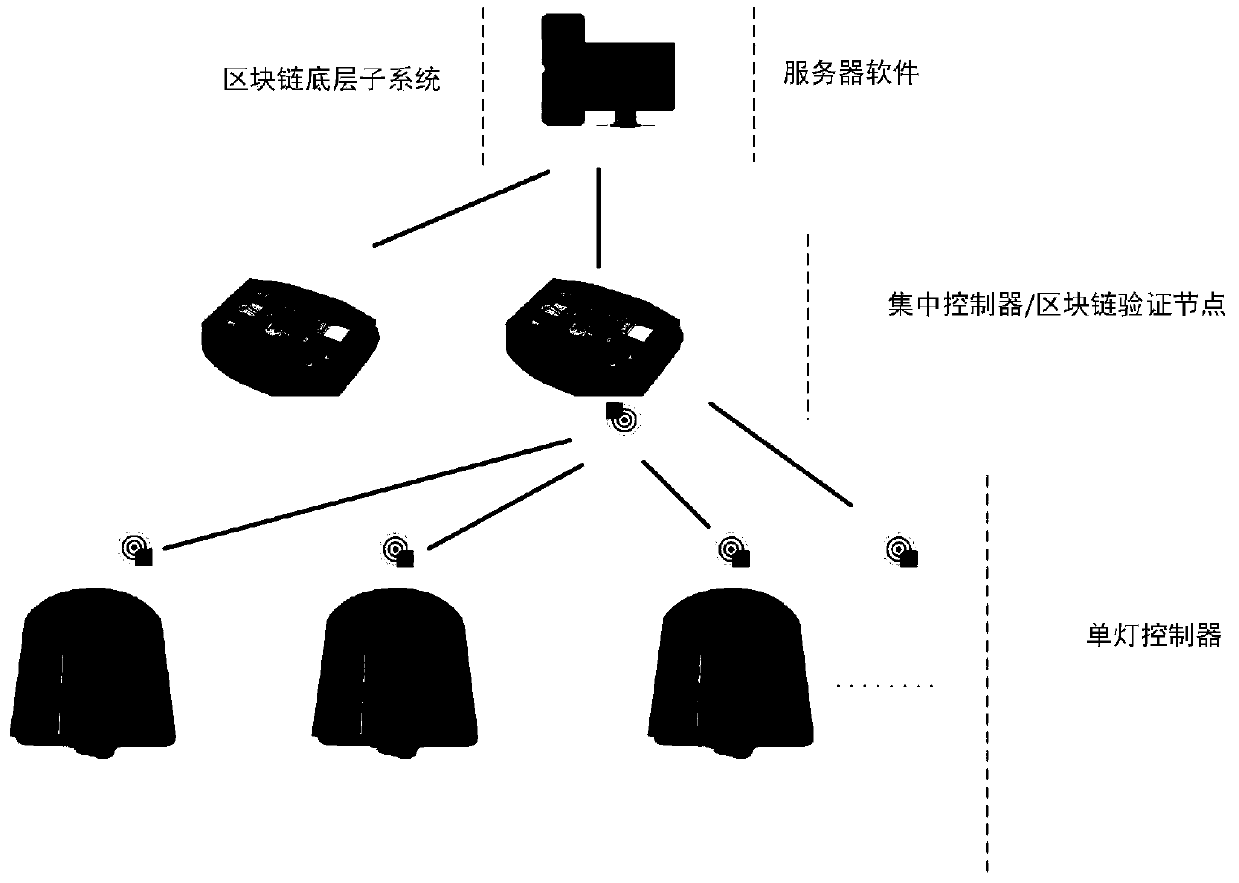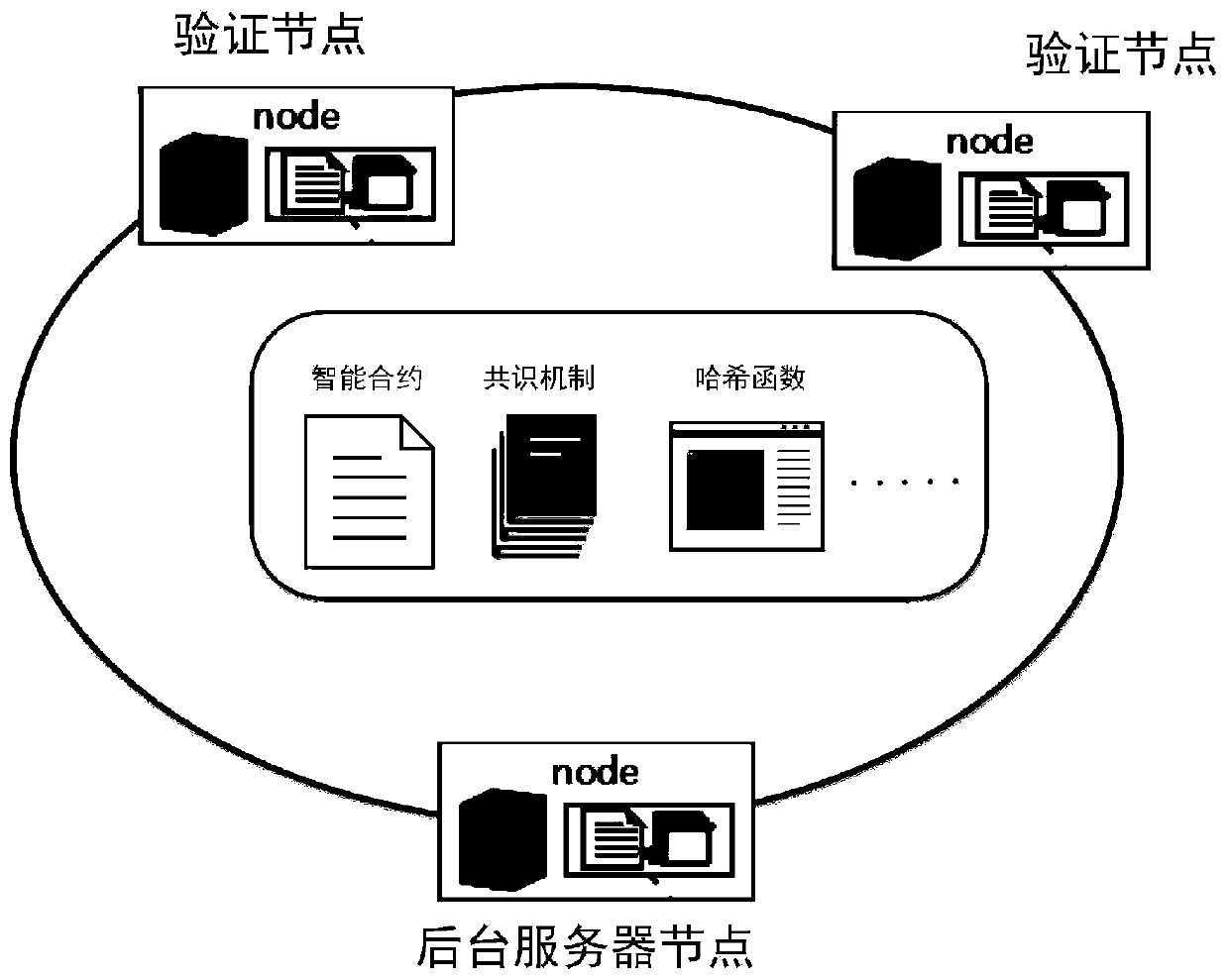Intelligent lighting system based on block chain tamper-proof technology
A lighting system and smart technology, applied in lighting devices, light sources, electrical components, etc., can solve the problems of easy tampering and low security of smart lighting systems
- Summary
- Abstract
- Description
- Claims
- Application Information
AI Technical Summary
Problems solved by technology
Method used
Image
Examples
Embodiment Construction
[0017] The above and other technical features and advantages of the present invention will be described in more detail below in conjunction with the accompanying drawings.
[0018] Such as figure 1 with figure 2 as shown, figure 1 It is a schematic structural diagram of the smart lighting system based on the block chain anti-tampering technology; figure 2 It is a schematic diagram of the operation of the block chain system; the intelligent lighting system based on the block chain anti-tampering technology of the present invention includes a single lamp controller, a centralized controller, a background server, and a block chain underlying subsystem; the single lamp control The controller is set on the LED lamp and connected to the LED lamp through the NEMA interface. The single lamp controller includes a first communication module, a first memory, a first clock module, and a sensor module; the centralized controller is arranged in the machine room It is connected to the b...
PUM
 Login to View More
Login to View More Abstract
Description
Claims
Application Information
 Login to View More
Login to View More - R&D
- Intellectual Property
- Life Sciences
- Materials
- Tech Scout
- Unparalleled Data Quality
- Higher Quality Content
- 60% Fewer Hallucinations
Browse by: Latest US Patents, China's latest patents, Technical Efficacy Thesaurus, Application Domain, Technology Topic, Popular Technical Reports.
© 2025 PatSnap. All rights reserved.Legal|Privacy policy|Modern Slavery Act Transparency Statement|Sitemap|About US| Contact US: help@patsnap.com


